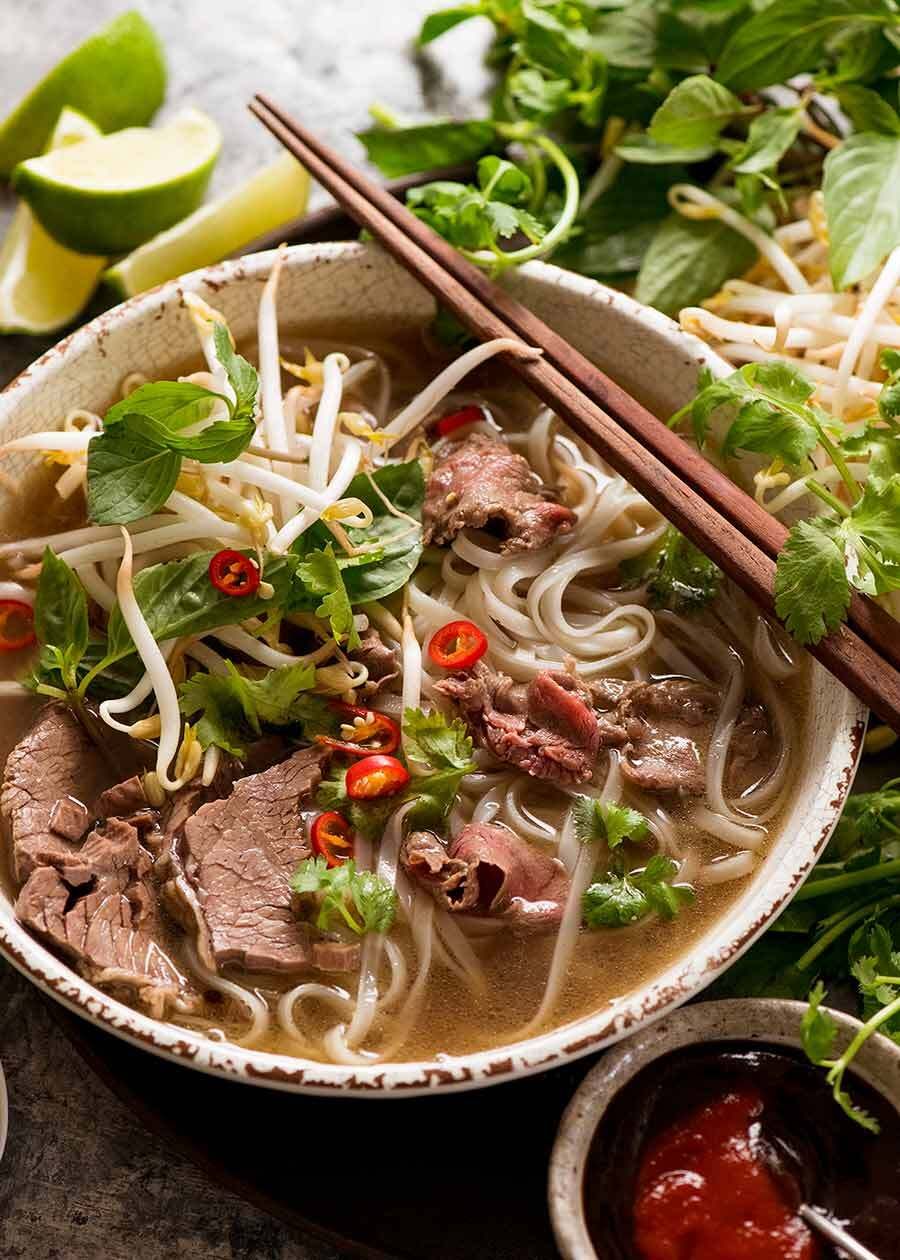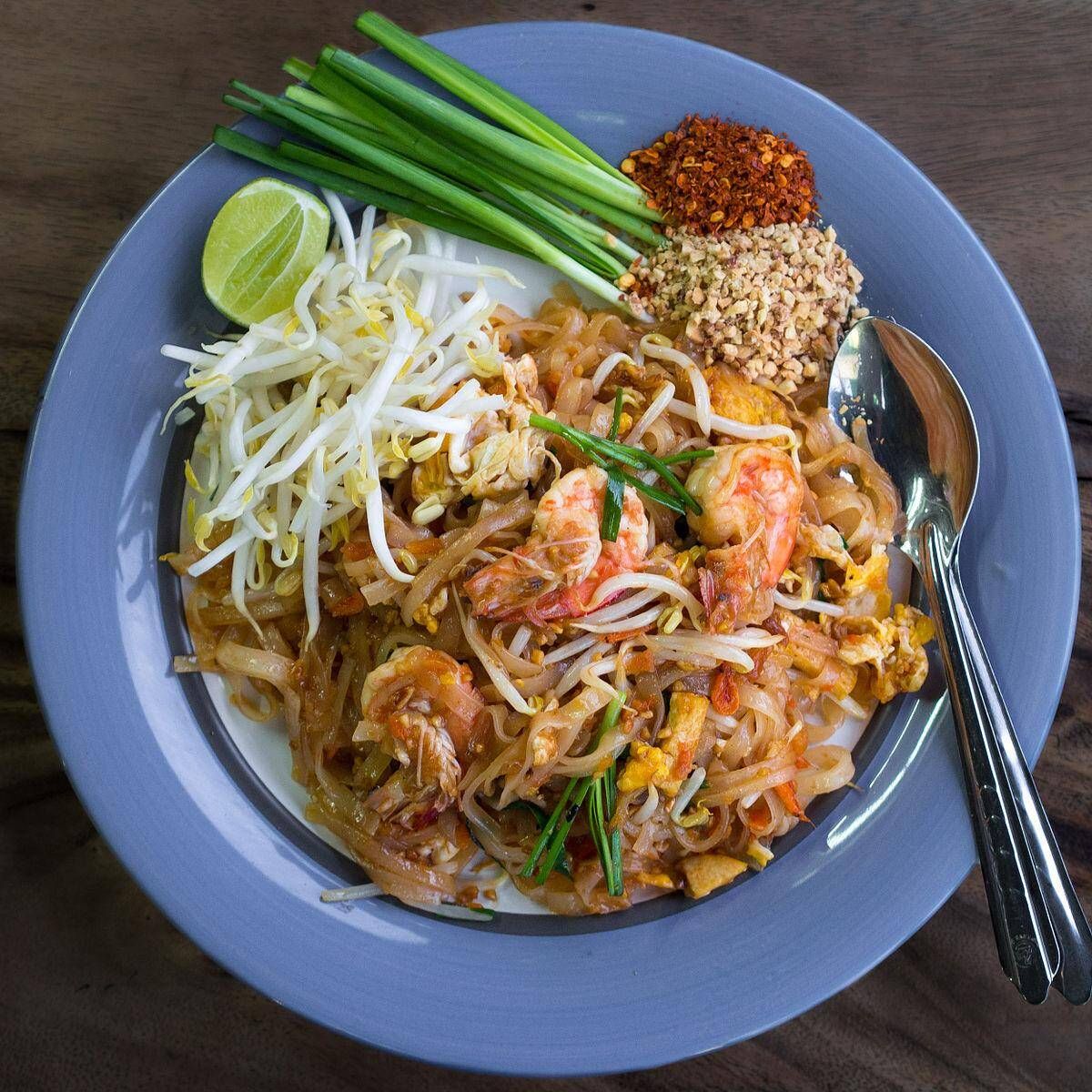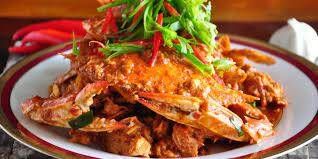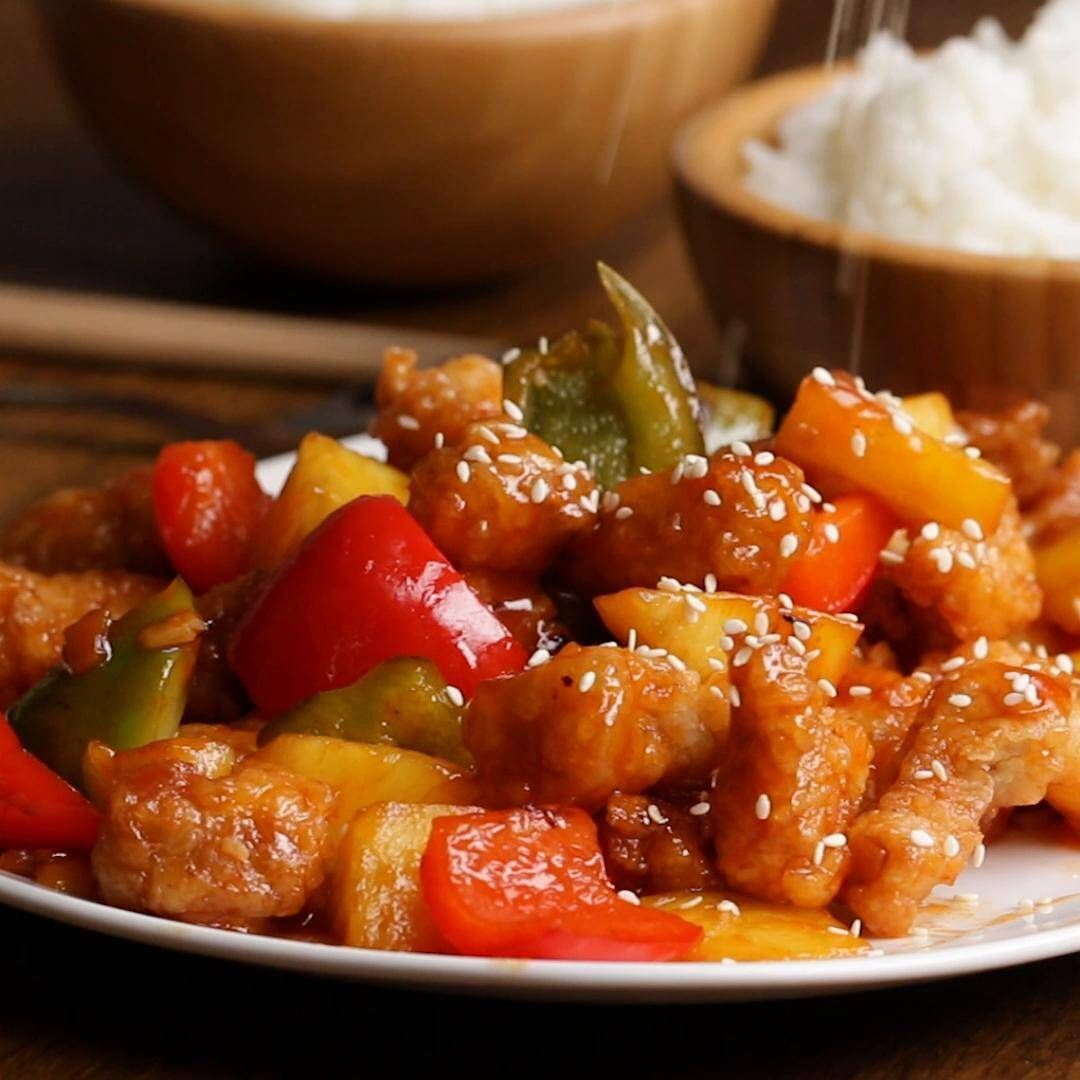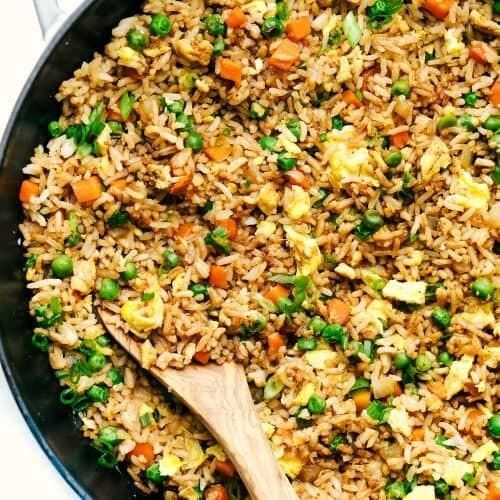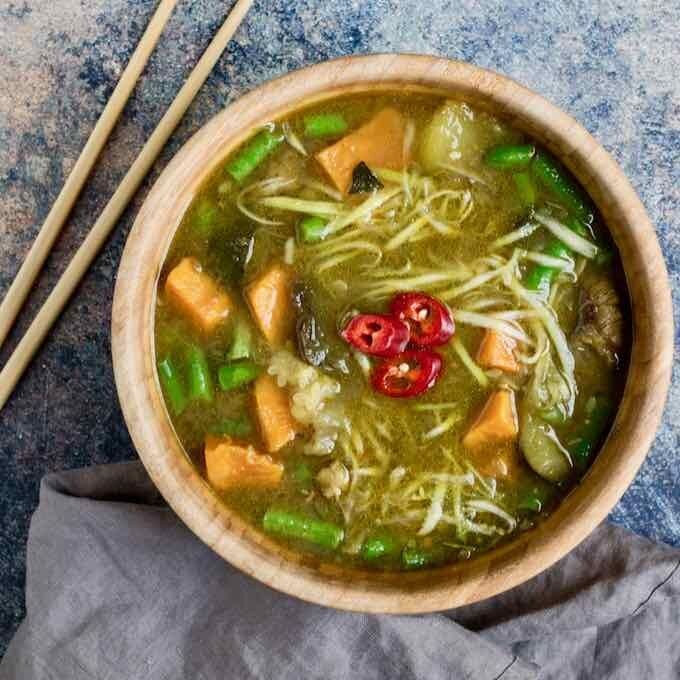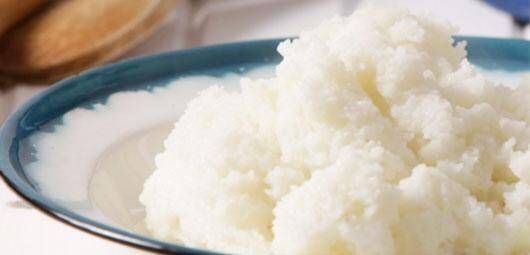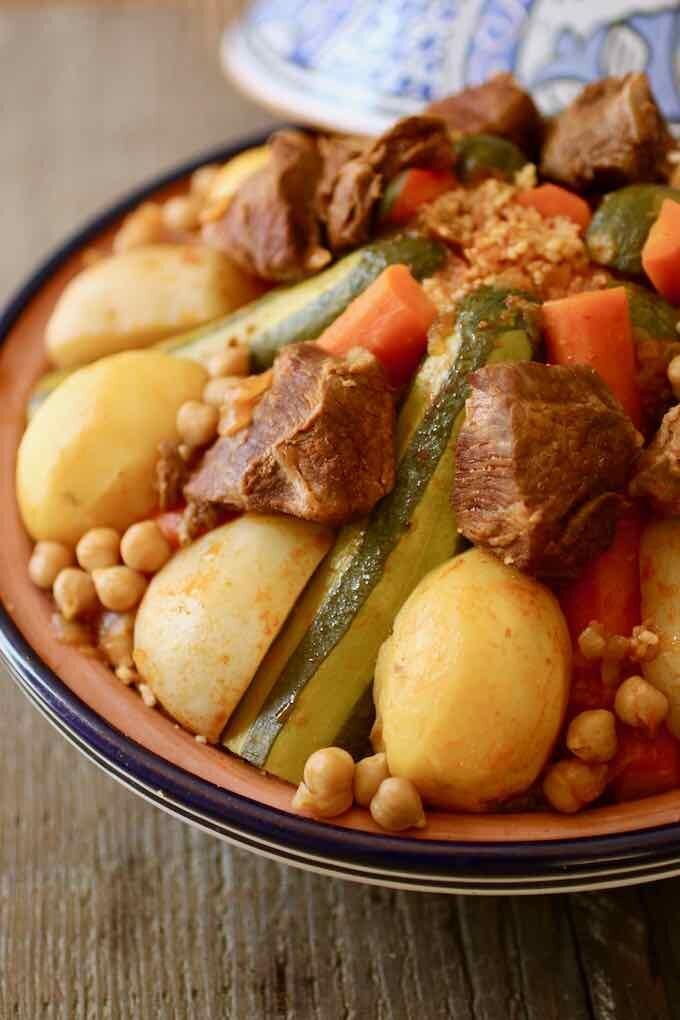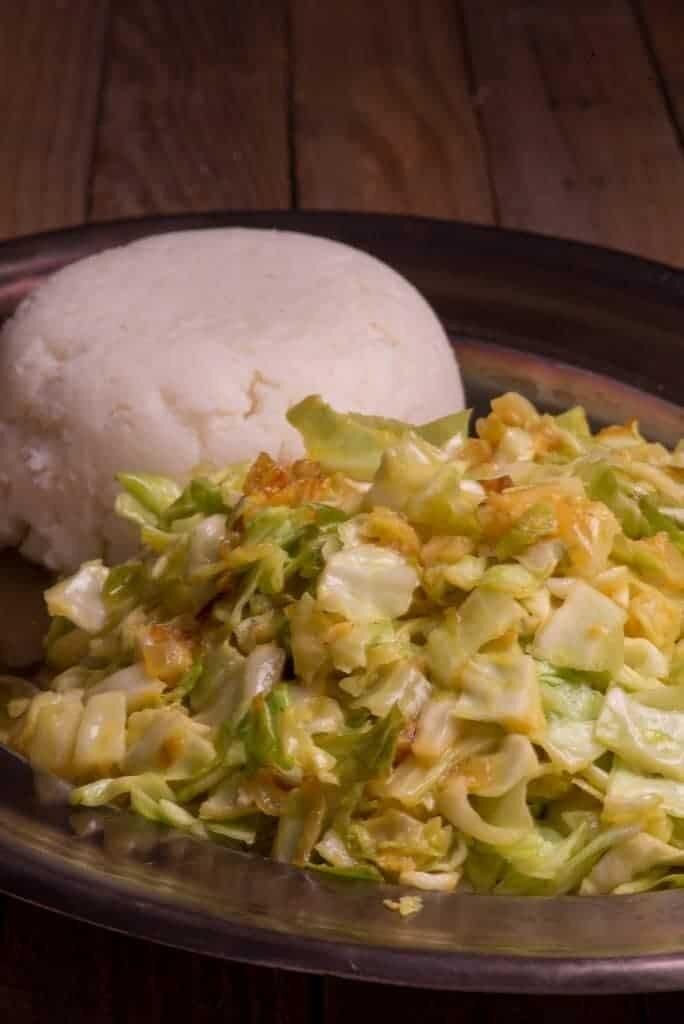What’s cooking in Vietnam – Pho

What’s cooking? World recipes

Pho soup is the essential Vietnamese soup that is now popular throughout the world.
In simple terms, pho (pronounced “fuh”) is a beef noodle soup, but in reality it is much more exciting that that. Vietnamese Pho is packed full of delicious aromatics and the salty beef broth is to die for.
What is the origin of pho?
The popularity of pho has grown considerably over recent years in cities across the world. Pho is a relatively new dish as it was first documented around the early 1900s. There are several theories around how the soup originated, some experts believing that it is a French–Vietnamese fusion dish since beef was rarely eaten in Vietnam before the French colonized the country in the late 19th century. Other historians claim that it was Chinese immigrants that originally brought the dish to Hanoi to sell on the streets.
What are the variants?
There are differences between the Pho served up in the North and South of Vietnam. The traditional recipe featured here is typical of pho eaten in Hanoi, in the North of the country, where the beef bones are used to make the broth and more seasonings are used. In Ho Chi Minh City (formerly Saigon), in the South, the broth is often made with chicken and dry squid along with the beef bones and they often stir in hoisin to the finished dish.
How to make pho
The key to an authentic, flavorful pho is the beef broth. Left to simmer for three hours, the flavors and aromatics are allowed to develop to their fullest. The creation of the broth cannot be rushed.
The herbs and spices in Vietnamese pho soup are what really give this dish its fragrant identity. A collection of spices is used to flavor the beef broth and give it a subtle but complex depth of flavor. The herbs that the broth is poured over, lift the dish and give it that light freshness.
Traditional pho is made with a beef broth with thin slices of raw beef round (the beef slices are cooked when the hot broth is poured over them). Even until fairly recently, making pho using another type of meat was seen as sacrilege. Chicken pho has started to become more prevalent where a lighter chicken broth replaces the deeper beef flavors and strips of cooked chicken are added to the bowl.
Making a simpler vegetarian option is also possible, just be sure to pack flavor into the broth. Seafood variations are also popular. Vietnamese pho soup is not traditionally a spicy dish. Hot peppers can be used to garnish the dish, but these are of course optional for those who don’t like spicy food.
Ingredients
For the broth
500 g short ribs with bone
4 slices ox tail
2 marrow bones
3 scallions , cut in halves
1 whole star anise
1 whole nutmeg
1 stick cinnamon
5 whole cloves
5 pods cardamom
250 g daikon , julienned
For the toppings
200 g rice noodles (ideally bánh phở)
Soybean sprouts
10 scallions
½ bunch mint
½ bunch cilantro
½ bunch Thai basil
800 kg round (sirloin, or shank)
3 limes
2 hot peppers
Instructions
Heat a frying pan and roast the spices (star anise, nutmeg, cinnamon, clove, cardamom) for a few minutes to develop their aroma.
Place these spices in a tea ball or cheesecloth (tied with kitchen twine).
In a large pot, place the scallions, the ribs, the marrow bones, the ox tail slices and the spice tea ball.
Add the julienned daikon.
Cover with water and bring to a boil. Then, lower the heat. Cover to three quarters (do not close the lid completely) and simmer for 3 hours. If necessary, skim the fat as it is cooking.
At the end of cooking, filter the broth. Thinly slice the ribs and the ox tail and set aside.
Cook the rice vermicelli in a large volume of boiling salted water for 4 minutes. Drain and rinse with cold water and set aside.
Thinly slice the round (sirloin or beef shank) and set aside.
Rinse and drain the soybean sprouts. Rinse, dry and then roughly chop the herbs (mint, cilantro, Thai basil).
In individual bowls, place the ingredients in this order:
– rice noodles
– daikon
– slices of round (sirloin or shank)
– slices of short ribs
– slices of ox tail
– soybean sprouts
– herbs and thinly sliced scallions
Pour the hot broth into each bowl and serve immediately after adding the juice of half a lime and thinly sliced hot pepper (optional) in each bowl.
Mix the food for about thirty seconds using chopsticks and enjoy.
Notes
Tip: place the meat in the freezer for 30 minutes before slicing it. The meat is firmer, and it becomes easier to thinly slice.
If you’ve never tried it please make sure to ask for it when you travel to Vietnam
spotted in www.196flavors.com

